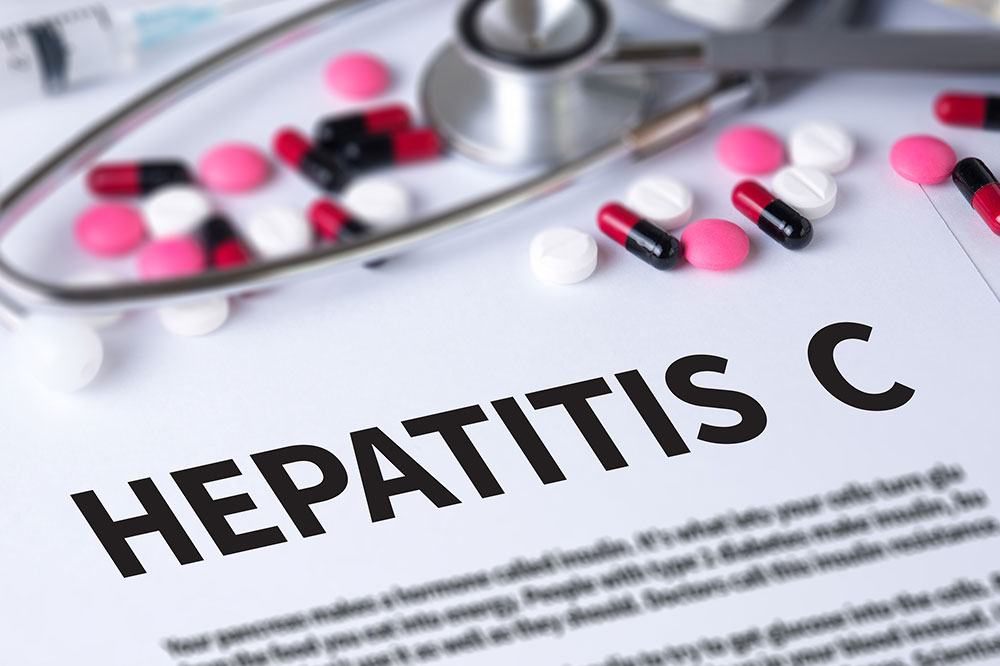
Hepatitis C – Causes, symptoms, and foods to eat
Hepatitis C is a viral infection targeting the liver and causing inflammation. There are five types of viral hepatitis, each triggered by a different virus. Intake of contaminated food or water causes Hepatitis A and E, while hepatitis B, C, and D occur due to direct or indirect contact with an infected individual. Hepatitis C is a leading cause of cancer and cirrhosis of the liver. Keep reading to learn more about the condition.
Causes
A person can be infected with the hepatitis C virus if they come into contact with the bodily fluids of an infected person. Nearly 6% of infants born to mothers with hepatitis C are likely to get infected. The other leading causes of exposure to the hepatitis C virus are listed below.
- Careless use of unsterilized needles or syringes
- Sharing an infected person’s items like toothbrushes, razors, and nail clippers could be carriers of the hepatitis C virus.
- Getting a tattoo or a body piercing from unverified places that may use unsterilized needles
- Exposure to the virus while treating patients with the condition.
- Though very rare, the use of unscreened blood for blood transfusions or organ transplants
Signs and symptoms
Hepatitis C does not reveal any symptoms upon infection, but symptoms begin within two or 12 weeks and, in some cases, six months after infection. There have been instances where infected people lived for many years without showing symptoms. The infection would have become severe when the condition gradually damages the liver over the years. Some common hepatitis C signs and symptoms to watch out for are listed below.
- Abdominal pain
- Fever
- Dark urine
- Diarrhea
- Fatigue
- Joint pain
- Lack of appetite
- Nausea
- Pale or light-colored stools
Treatment
Hepatitis C can be diagnosed with a simple blood examination. Not every person with a new hepatitis C infection requires treatment, as the body’s strong immune response clears the infection. The most suitable treatment for the hepatitis C virus is direct-acting anti-viral treatment for 12 to 24 weeks. The anti-viral treatment has a 95% success rate and involves no side effects. It also completely removes all the traces of hepatitis C from one’s body and reduces the risk of liver cirrhosis and liver cancer. In cases involving severe damage to the liver, health experts may suggest a liver transplant.
Remedies that help in faster healing
Once a patient is cured, the chances of a relapse are very slim. Since a patient will be taking treatment for 8 to 12 weeks, they can follow the hepatitis C remedies listed below after consulting with a healthcare professional. These remedies allow patients to heal faster and maintain good health during therapy.
- Maintain good personal hygiene, especially while using public facilities.
- Keep yourself hydrated with about 8 to 10 glasses of water.
- Follow a balanced and liver-friendly nutritional regime.
- Sleep for about 7-8 hours in the day during and after treatment.
- Try to use your items; avoid offering your items to others or using other individuals’ items, as this can increase the risk of infection.
Foods to help with hepatitis C
During the treatment period, patients must eat healthy foods that help in faster recovery and do not affect the liver in any way. Include foods rich in liver-friendly nutrients like fiber, folate, potassium, and Vitamins A, C, and B6. Some of the best foods to manage hepatitis C are listed below.
- Fruits
- Vegetables
- Fish and other seafood
- Lean meat
- Nuts
- Eggs
- Soy
- Whole grain foods
- Green tea




